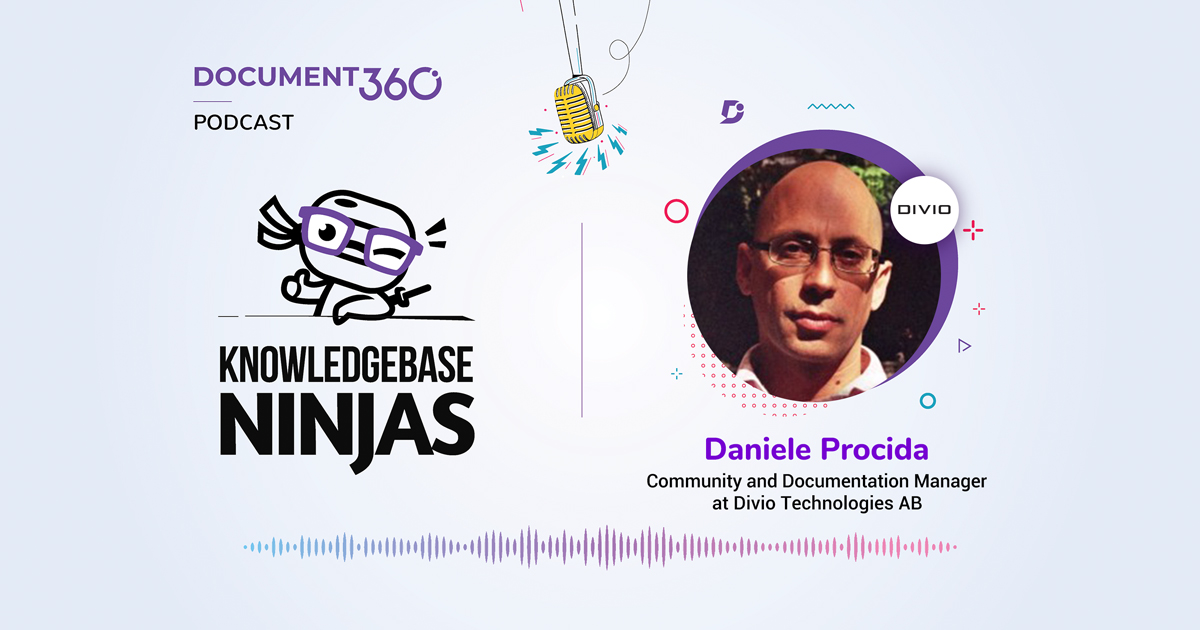Steve Bream, Documentation Lead Manager at DataStax, joins the Knowledgebase Ninjas Podcast to share how to to architect users journeys with the help of documentation, the importance of team collaboration and tips on improving documentation process and quality.
Key Facts
- Steve’s LinkedIn
- DataStax website
- Steve holds a Master’s degree in Technical Communication
- Steve has over four decades of expertise in technical documentation
- At DataStax, Steve is responsible for Innovative Documentation
Key Takeaways
- DataStax believes that collaboration between product managers, translators and technical writers enhances a document’s quality
- Steve creates an environment of ownership for every stakeholder of the document
- DataStax mission is to create a document that helps users to understand “how” and “why” to use a product
- DataStax’s technical documentation team consists of six professionals that work in close coordination with engineering, product management, product development, and support teams
- Steve ensures that all the teams at DataStax are kept updated on all product and document stages.
- Steve believes that “if you see something, you say something”. As a result of this he endeavours to collect document feedback from all the departments for value addition
- Steve believes that user-friendliness is the secret to a documents’ success
- Steve explains that the document should not only share the products’ features, but it should also guide the customers’ journey to product use. “DataStax not only creates the technical documents but architects the users’ journey from understanding to using the products”
- At DataStax, documentation stages and processes are automated so that people spend less time in processes and more time improving the quality of their work
- One of the important factors of the documentation process is technical completeness
- The document should cater to a customer’s needs and wants
- Steve focuses on the user’s document and product feedback. He believes that end-users interaction with the team helps him in producing quality documentation
- Steve reveals that animations, videos, and podcasts are a great way to share information with users. “Different media help users to digest technical information easily”
- DataStax offers open-source documentation for users’ ease and accessibility. Most of DataStax’s products and documents are publically available
- Documentations is the most prominent user-facing element for any organisation, and DataStax generates about 80% of its search traffic through its documentation
- DataStax plans to further focus on facilitating the end-user journey in the years to come
Steve’s biggest influencers
Steve believes that he has learned from every organisation he has worked for, including IBM, Red Hat, and DataStax.
What documentation related advice would Steve give to his 20-year-old self?
Don’t worry so much and keep three things in mind while beginning your career;
- Focus on skills development
- Focus on changing technology
- Focus on the user and their interests
Subscribe to Knowledgebase Ninja’s
Quote:




 –
– 

